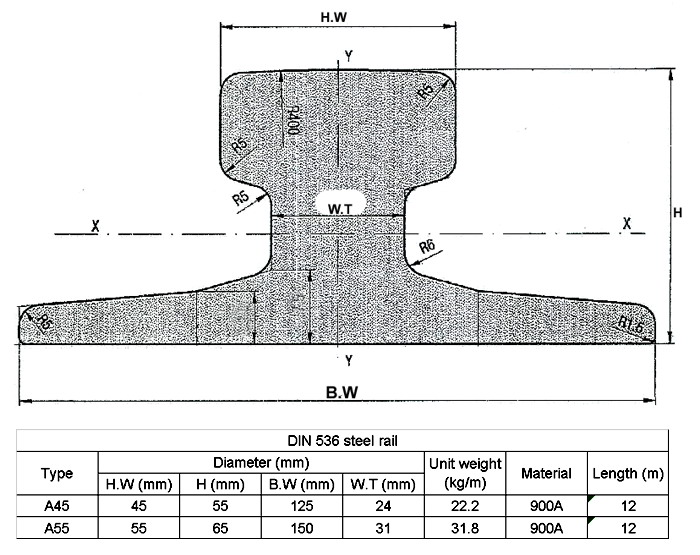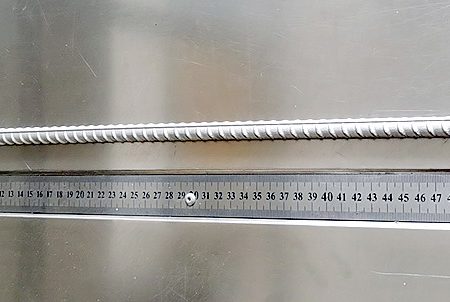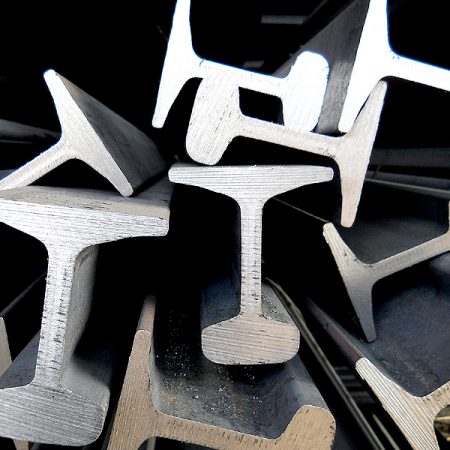El riel de grúa DIN536 A45 es un tipo específico de riel que está diseñado para aplicaciones de servicio pesado en pistas de grúas. Se utiliza comúnmente en entornos industriales como puertos, Almacenes, y obras de construcción.
Para comenzar a usar el riel de grúa DIN536 A45, El primer paso es asegurarse de que el riel esté instalado correctamente. Esto implica asegurar el riel a la estructura de soporte., Normalmente usando pernos o soldaduras. It is crucial to follow the manufacturer’s instructions and guidelines for installation to ensure a secure and stable track.
Once the rail is installed, the next step is to inspect and maintain it regularly. Las inspecciones periódicas son esenciales para identificar cualquier signo de desgaste, daño, o desalineación. This can include checking for any loose bolts, cracks, or excessive wear on the rail surface.
When operating cranes on the DIN536 A45 crane rail, it is important to adhere to the specified load capacity. The load capacity of the rail depends on factors such as the distance between supports and the rail span. Exceeding the recommended load capacity can lead to rail deformation or failure, posing a safety risk.
Lastly, it is important to note that proper training and certification are necessary for individuals operating cranes on DIN536 A45 crane rail. Operators should be familiar with the specific characteristics and limitations of the rail system. They should also be trained in safe operating procedures and practices to prevent accidents and ensure the efficient movement of loads.
As the supplier of DIN536 A series crane rail, we only can supply A55 instead of A45 crane rail. Because A45 is too small, more than it will be better. The loading ability of A55 is more than A45 crane rail, only need keep same inside track gauge, others all be same installation situation. If you want to know how to use it, Por favor, no dude en preguntarnos.
Please compare the dimesion:

Podemos suministrar los rieles de fondo plano estándar internacional como se muestra a continuación:
Si necesitas a alguien, Por favor, no dude en ponerse en contacto con nosotros.






